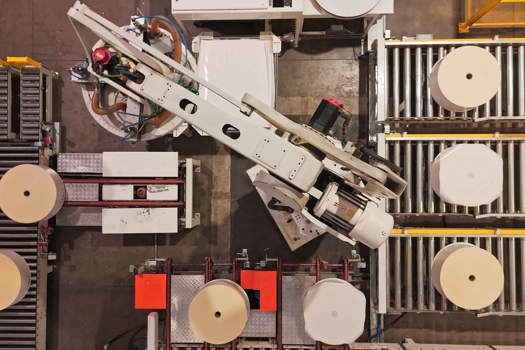The group came up with a report listing 66 trends likely to affect the way newspapers are used and identify an increasingly competitive environment, where papers have to compete against a growing choice of devices and services.
Against this, readers now have greater control over the choice of media they consume, for example through social online networks. Demographics are also changing, with the nuclear family being replaced by single and what the report refers to as "non-traditional" households, while the overall population is ageing.
The report will also investigate how to manage increased competition in advertising, make money out of digital initiatives, cope with rising fixed costs and thrive in the difficult investment environment.
"The trends will be used as the catalyst for the scenario planning process," said Martha Stone, director of the Shaping the Future of Newspapers project.
"They describe current trends that are likely to impact on our business in the future," she said. "We will focus on the most important trends and the most important uncertainties and use them to build possible scenarios for the future."
Newspapers have suffered globally from declines in print audiences for years as people move online and other forms of leisure compete for their time.
Newspaper industry pundits unite for trends forecast
The movers and shakers from the world of newspapers have got together to identify the trends shaping the future of their industry under the auspices of the World Association of Newspapers.







